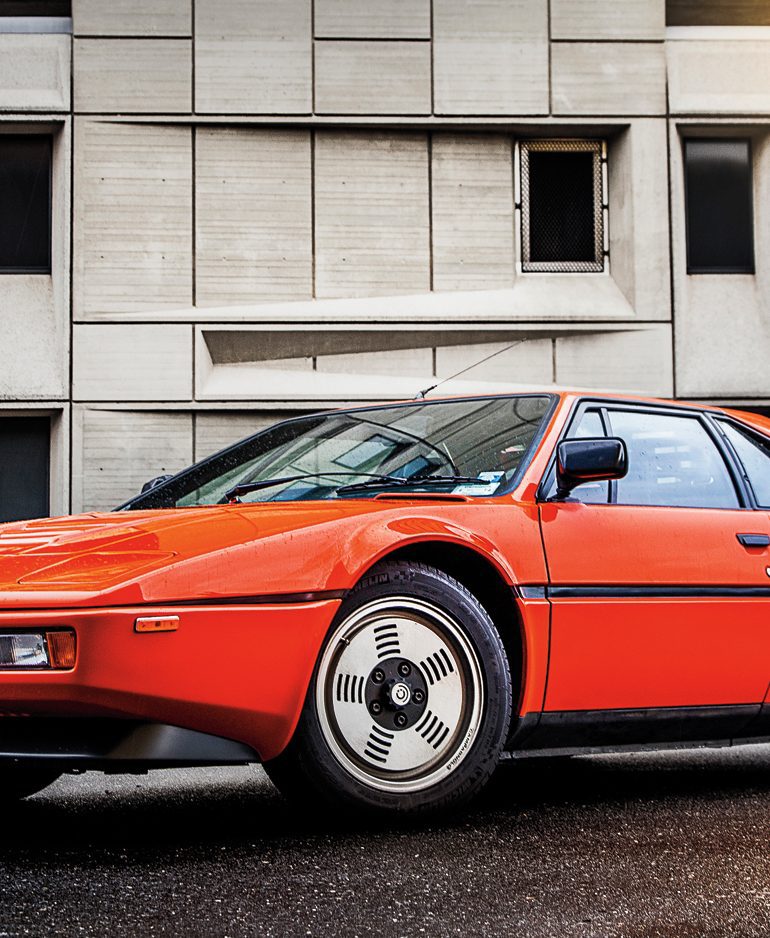The Greatest Supercars And Sports Cars Of The 1970s
The seventies was a sharper era after the radical experimentation of the sixties. Shapes were becoming more angular and harder-edged, while many supercar manufacturers were trying new things to win over their adoring fans. Read on for our selection of the greatest supercars of the 1970s.
Don’t forget to check out our other Greatest Ever Supercars and Sports Cars posts.



